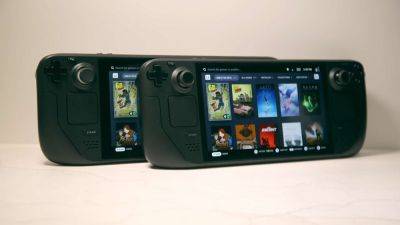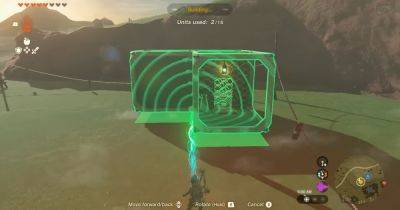The Steam Deck OLED desperately needs burn-in protection
The Steam Deck OLED is starting to show burn-in issues.
YouTuber Wulff Den released a report on the Steam Deck OLED, showing it suffered from OLED burn-in after 1,500 hours of screen time. This isn’t the first time we’ve seen a torture test on the Steam Deck OLED, but Wulff Den’s experiment is particularly potent. The YouTuber was among the only people to put the Nintendo Switch OLED to the test on the burn-in front, and the consistent updates over the course of two years remain some of the most-viewed videos on the channel.
The OLED Steam Deck Burn-In video ?The Steam Deck OLED showed burn-in issues much faster than the Nintendo Switch OLED. It took just over 63 days for the Steam Deck OLED to develop burn-in based on Wulff Den’s testing, and that’s a generous time frame. YouTuber The Phawx tested the handheld shortly after it released with the maximum HDR brightness and found burn-in after just 750 hours.
Before you throw your Steam Deck out, though, keep in mind that these are accelerated stress tests. Even if you run your Steam Deck at maximum brightness, it won’t develop burn-in after 750 hours if you’re putting a variety of different content on the screen. These time frames are if you leave a static image on the screen, 24 hours a day, 7 days a week.
750+ Hours Later? I «BURNED IN» My Steam Deck OLEDStill, Wulff Den’s testing reveals some critical safeguards that are missing from the Steam Deck OLED to prevent or minimize burn-in. Most OLED screens come with a set of features that keep burn-in at bay for as long as possible. Monitors like the Alienware 34 QD-OLED have short-term and long-term pixel cleaning features, for example, which adjust the light output of individual pixels so the screen looks consistent. Other displays, such as the recent Asus ROG PG34WCDM, even include static element dimming. This takes static content on the screen and dims it to prevent burn-in.
Get your weekly teardown of the tech behind PC gaming Check your inbox! Privacy PolicyS







